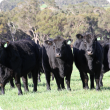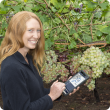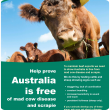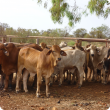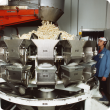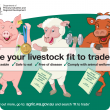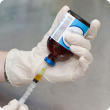Filter by regions:
- (-) Remove Great Southern filter Great Southern
- (-) Remove Peel filter Peel
- (-) Remove South West filter South West
- Mid West (308) Apply Mid West filter
- Perth regions (278) Apply Perth regions filter
- Wheatbelt (273) Apply Wheatbelt filter
- Goldfields-Esperance (256) Apply Goldfields-Esperance filter
- Gascoyne (203) Apply Gascoyne filter
- Kimberley (165) Apply Kimberley filter
- Pilbara (158) Apply Pilbara filter

